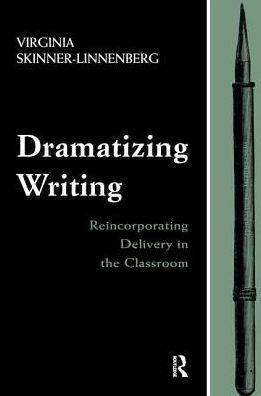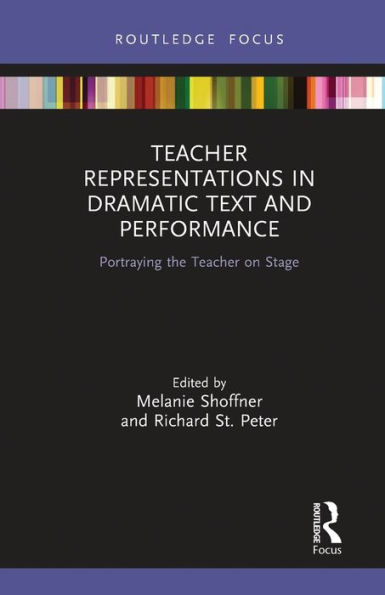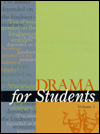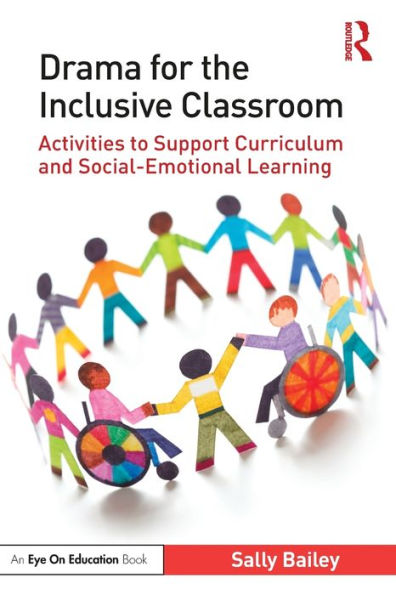Home
Dramatizing Writing: Reincorporating Delivery in the Classroom
Loading Inventory...
Barnes and Noble
Dramatizing Writing: Reincorporating Delivery in the Classroom
Current price: $63.99


Barnes and Noble
Dramatizing Writing: Reincorporating Delivery in the Classroom
Current price: $63.99
Loading Inventory...
Size: OS
*Product Information may vary - to confirm product availability, pricing, and additional information please contact Barnes and Noble
Although speech departments have "owned" delivery for the last 100 years, those who teach writing, especially English departments, can gain a great deal by reinstating delivery into their conceptions of and theories about writing. Thus, in the author's vision of "dramatizing writing" in the composition classroom, delivery can have an impact on all the composing steps, from invention to final draft. The goals of this text are to redefine delivery for writing, to reunite it with other parts of the classical rhetorical canon, and to practically apply it in contemporary writing instruction.
This text is divided into three main sections. The first provides a survey of the history of delivery in rhetorical theory. A continuum is set up from a totally physical conception of delivery to a noetic one which incorporates more intellectual processes. The argument is that the tension heightened by discord over its definition eventually led to the splitting of delivery from the rhetorical canon. A separate discussion of the women's challenge to delivery is also included. The next section contains a survey of facets of delivery that exist in current theory combined with the author's own theory of delivery. It provides insight into the state of delivery in contemporary writing instruction. The author argues that since the split of delivery from the rhetorical canon has caused a modern bias against delivery in writing theory, many strategies that could aid in the teaching of writing have either been overlooked or undertheorized. Therefore, she borrows from current theoretical areas within and outside of writing in order to construct her own theory of delivery. The last section provides practical applications of delivery in writing instruction. Again borrowing from many sources inside and outside of composition, she describes the techniques teachers may use to incorporate delivery in a writing classroom. Through the use of delivery, more strategies may be developed to aid in the teaching of writing.
Special features include:
* the incorporation of some practices that had been in use in the composition classroom for many years but did not have any consciously theoretical grounding;
* the discussion of women rhetoricians' theories on delivery;
* the combination of many contemporary theoretical areas including theatrical, feminist, rhetorical, and pedagogical to form the author's redefined theory of delivery; and
* the presentation of practical applications of this new theory of delivery for teachers to utilize in their own classrooms.


















